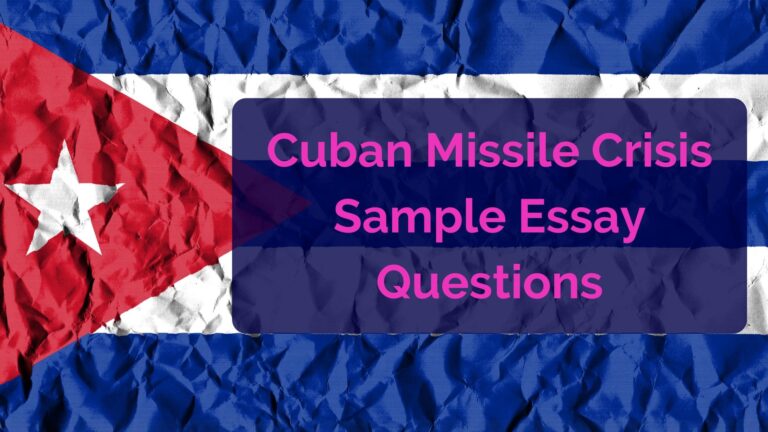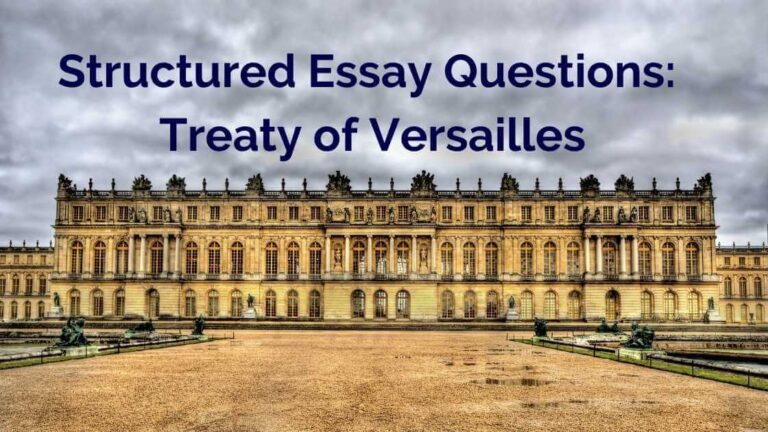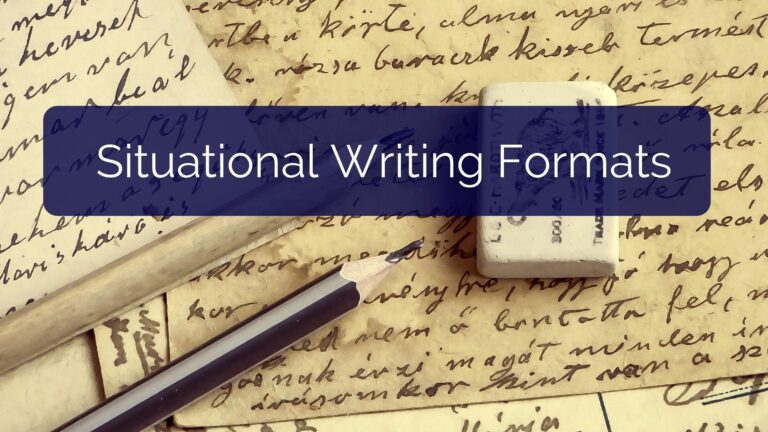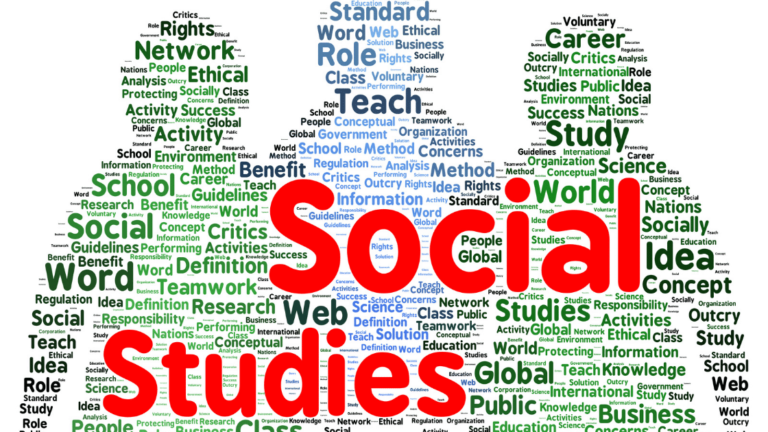The Sino-Soviet Split
In this History Beyond Textbook blog post, I am going to discuss the Sino-Soviet split. I believe it deserves more than a single “Boxed Story” in the textbook.
Even though it plays only a minor role in the Cold War syllabus, understanding this relationship gives us a more complete picture of modern international relations.
The Beginning of the Sino-Soviet Relationship
To understand the Sino-Soviet split, let us go back to the relationship between the Communist Party of China (CPC) and its counterpart in Soviet Union.
The relationship started in 1920 when the Russian Communist Party (also known as the Bolsheviks) sent representatives to China to spread Marxism. With the help of the Bolsheviks, Chen Duxiu and Li Daozhao, both university professors, formed the CPC in 1921.
As CPC was a very new party, the Bolsheviks sought an alliance with an established political party. As a result, the CPC allied with Sun Yat-sen’s Kuomingtang (KMT).
This was known as the First United Front. KMT accepted Communist-aligned members and the KMT gained the military help from the Russians, required to unite China.
The two communist parties shared a close relationship as the Bolsheviks guided the CPC.
The Civil War Between CPC and KMT
CPC and KMT eventually fell out, especially after the death of Sun. The new KMT leader, Chiang Kai-Shek was anti-Communist. He turned on the CPC and massacred communists, both from the CPC as well as from his own party in 1927. This incident is known as the Shanghai Massacre.
In the subsequent fighting between both sides, the CPC had little success and lost all the areas they controlled. In 1934, the CPC had to retreat and embarked on the Long March, an attempt to find a new base of power.
The CPC leadership blamed their failures on the advisers sent by the Soviet Union. These advisers were discredited, and local Communists like Mao Zedong gained power.
From this point, we can see that Chinese Communism becoming more independent of Soviet Communism. With the destruction of their supporters in urban areas (for example, Shanghai), Mao started to build up support in the countryside using peasants. This was different from the Soviets who relied on urban workers.
Mao found some success during this time and the CPC started to recover their footing without Soviet advisors. The CPC realised they could operate successfully without Soviet help.
Hence the civil war between CPC and KMT caused the two communist parties to be more independent of each other.
The Impact of the Second Sino-Japanese War
The conflict between the CPC and KMT was interrupted by the Japanese invasion in 1937. The two were thus forced into an alliance because of the invasion. The alliance remained in name only as by 1940, both sides attacked each other more frequently than fighting the Japanese.
During the Sino-Japanese War, the CPC grew in strength. Their membership numbers and military strength increased tremendously during this time. All these was due to the leadership of the CPC central leadership under Mao.
As the end of the Pacific war approached after America dropped the first atomic bomb, Soviet Union joined the war. It invaded Manchuria, which was part of the Japanese empire.
When Japan finally surrendered, the civil war between CPC and KMT intensified. The Soviet Union supported the CPC. Though the support was limited, it gave CPC an edge. This was especially after Manchuria was handed over to CPC, together with the leftover weapons from the Japanese army.
On 1 October 1949, Mao announced the establishment of the People’s Republic of China after KMT retreated to Taiwan. In 1950, Mao and Stalin signed the Treaty of Friendship, and Alliance and Mutual Assistance.
Though Mao and Stalin did not get along with each other personally, both Communist parties remained on relatively on good terms. This can be seen in their co-operation during the Korean War.
Death of Stalin and the Widening Ideological Split
In 1953, Stalin died, and his replacement was Nikita Khrushchev. Mao felt that he should be the head of the international Communist movement which was meant with resistance by Khrushchev.
Increasingly the two men would start to disagree. One difference was how a communist revolution should take place: via rural peasants or urban workers. This was because of their different experiences.
Furthermore, Khrushchev was more open to reforms while Mao was a traditional Marxist-Leninist. Mao was unhappy with ‘peaceful coexistence’ with the Western democracies while Khrushchev considered Mao rash and might trigger a nuclear holocaust.
Even though both parties (and countries) remained allies officially, the cracks were starting to show.
The Sino-Soviet Split
In 1959, the signs of their disagreements started to show in public. Tibet rose against the China in an attempt to become independent. Soviet Union offered moral support to the Tibetan people, upsetting Mao.
In the 1960 Romanian Communist Party Congress meeting, the Chinese and Soviet delegations openly disagreed and argued in front of other Communist delegates.
During the 1962 Cuban Missile Crisis, Mao accused Khrushchev of giving in to the Americans when Khrushchev removed the missiles from Cuba. In retaliation, the Soviets backed India when China and India confronted each other along the Himalayan border in the Sino-Indian War of 1962.
By 1962, both sides had cut off diplomatic relations with each other. Despite having a ‘common enemy’ in the USA, the two Communist powers never reconciled, and it became a three-way standoff.
Neither Soviet Union nor China ever offered any help to each other to compete against the United States. Instead, they frequently took opposite sides.
In 1964, the Chinese detonated their first nuclear bomb. Relations between both countries were so bad that the Soviet Union even considered a pre-emptive nuclear strike to take out the Chinese testing site.
Ironically, it was the American government that persuaded the Soviets not to destroy China’s nuclear test sites for fear of sparking a world war. The Americans still saw the Soviet Union as a greater threat and wanted China as a counterbalance.
As their relations worsened, both sides came to a war. In 1968, there was a border dispute in Xinjiang in western China. It led to an undeclared seven month long military conflict between the two powers. It was eventually resolved after a ceasefire, with no change in the border.
Reconciliation
Tensions between the two powers continued throughout the 1970s. It was not until Deng Xiaoping’s accession into power in 1978 after Mao’s death in 1976 that relations between the two took a turn for the better.
Under Deng, China pursued pragmatic economic and foreign policy reforms. It abandoned Mao’s ideological battles and the dogmatic divide between the two sides became irrelevant.
Relations were finally normalised when Gorbachev visited China in 1989. Two years later, the Soviet Union broke apart and the Cold War ended.
Impact of the Sino-Soviet Relationship
One major impact of the Sino-Soviet relationship can be seen during the Korean War. Stalin only blessed Kim Jong-il’s plan to invade South Korea after China turned communist. This was because the Chinese could directly help with the war effort. Thus, the cooperation between the two to spread Communism was partially responsible for the Korean War.
Also briefly mentioned is that the Sino-Soviet split paved the way for a better Sino-American relationship. This can be seen when Richard Nixon, the American President, established good relations with China to balance Soviet Union.
However, it was not mentioned that historians have also argued that the split forced the Soviets to also try to improve their relationship with USA. This is also because of the Soviet rivalry between themselves and the Chinese. Thus, détente between USA and USSR was also partially a consequence of this split.
I hope that the discussion of the Sino-Soviet split gives students a better recognition of the geopolitics during the Cold War and increases their understanding of it.

Critical Thought English & Humanities is your best resource for English, English Literature, Social Studies, Geography and History.
My experience, proven methodology and unique blend of technology will help your child ace their exams.
If you have any questions, please contact us!







